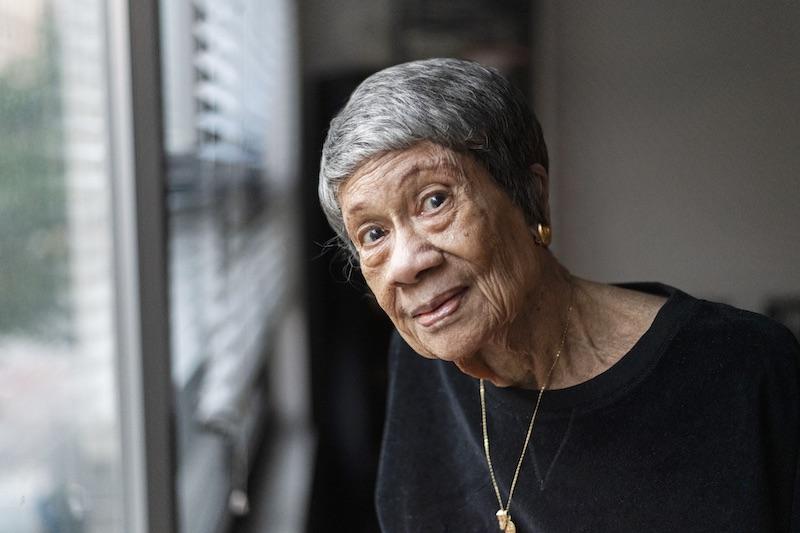Gloria Richardson was a civil rights icon and revolutionary activist. Amidst the towering male figures of the 1960s, Richardson stood in no one’s shadow. As much as Martin Luther King Jr. and Malcolm X helped define two separate poles of civil rights activism, Richardson came to represent another distinct wing of the movement.
Richardson graduated from Howard University in 1942 with a degree in sociology and a mission to unapologetically and without compromise demand the satisfaction of the Black community’s basic needs. It was her unyielding insistence that Black individuals needed better health care, safer housing and steadier employment that helped distinguish her from some of the other civil rights leaders of the era.
Richardson made a name for herself beginning in 1963 in Cambridge, Maryland. She became the chairwoman of the Cambridge Nonviolent Action Committee, an offshoot of the Student Non-Violent Coordinating Committee. That year, Richardson led a series of protests demanding improved living conditions for Black residents of Cambridge. The protests attracted backlash from white residents and became increasingly volatile. The governor of Maryland called in the National Guard, which ultimately retained a local presence for an entire year.
Over the course of these protests, Richardson became a public figure of the civil rights movement, gaining fame and prominence for her fearlessness in the face of violent oppression. In one iconic moment, captured in a photograph, Richardson pushes aside the rifle of a National Guard member who got in her way. That simple gesture personified the courage that fanned the flames of her passion and emboldened every step she took as a public leader.
Richardson negotiated with politicians across every level of government as well as leaders in the White House to reach a deal that would help end segregationist practices and provide federal housing aid to the Black community. She ultimately signed a deal, but she did not offer her support of it publicly and the plan ultimately did not pass as it lacked support from both the white and Black communities.
By 1964, Richardson stepped back from the national spotlight and stepped down from her leadership role with the Cambridge Nonviolent Action Committee, leaving space for other leaders to step up. She would continue to advocate for the rights of the Black community for the rest of her life.
Article ID: 66




